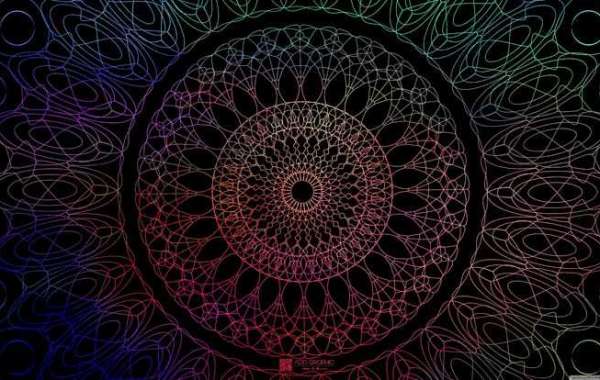In the vast world of fashion, the choices we make are often reflective of our personality and preferences. Even something as seemingly simple as the color of your t-shirt can convey a lot about you. In this exploration of the psychology behind t-shirt colors, we delve into what your shirt says about you and how color choices can influence perceptions.
The Impact of Colors on Mood and Perception:
Colors have a profound impact on our emotions and perceptions. When it comes to t-shirts, the chosen color can send subtle messages to those around you. Let's break down the psychological implications of some common t-shirt colors:

Bold in Red:
Red is often associated with energy, passion, and confidence. Wearing a red t-shirt can convey a bold and assertive personality. It's a color that demands attention and makes a powerful statement.
Cool in Blue:
Blue is often linked to calmness, trust, and reliability. Choosing a blue t-shirt may indicate a cool and collected demeanor. It's a versatile color that can be both casual and professional, depending on the shade.
Sunny in Yellow:
Yellow exudes warmth, optimism, and creativity. A yellow t-shirt wearer may be seen as cheerful and approachable. It's a color that radiates positivity and is perfect for creating a sunny vibe.
Down-to-Earth in Green:
Green is associated with nature, growth, and harmony. Those who favor green t-shirts may be perceived as down-to-earth and environmentally conscious. It's a color that symbolizes balance and stability.
Calming in Purple:
Purple is often linked to luxury, sophistication, and spirituality. Wearing a purple t-shirt can convey a sense of calm and creativity. It's a color that stands out without being too flashy.
Neutral in Gray:
Gray is a neutral color that signifies balance, maturity, and practicality. Opting for a gray t-shirt suggests a person who is down-to-earth and values simplicity. It's a versatile color that pairs well with various styles.
Expressing Individuality with T-Shirt Colors:
Beyond the general psychological associations, the combination of colors on a t-shirt can further express individuality. Someone wearing a vibrant mix of colors might be perceived as outgoing and adventurous, while a person in monochrome tones may prefer a more classic and refined style.
Cultural and Contextual Influences:
It's crucial to note that the cultural and contextual meanings of colors can vary. In some cultures, white may symbolize purity, while in others, it may represent mourning. Similarly, the context in which you wear a certain color can influence its perceived meaning. A black t-shirt at a formal event may convey sophistication, while the same color at a casual gathering could suggest a more laid-back vibe.
In conclusion, the psychology of t-shirt colors goes beyond mere aesthetics; it's a subtle language that communicates aspects of your personality to the world. Understanding these color associations can help you make intentional choices about the image you want to project.
Next time you reach for a t-shirt in your wardrobe, consider the message you want to send to the world through your color choice. Whether you're bold in red, cool in blue, or down-to-earth in green, let your t-shirt reflect the vibrant canvas of your personality.
This exploration into the psychology of t-shirt colors is brought to you by Forbro, where we believe that every color tells a story. Choose your hue wisely, express yourself boldly, and let your t-shirt speak volumes. Forbro - The Psychology of T-Shirt Colors: What Your Shirt Says About You.









